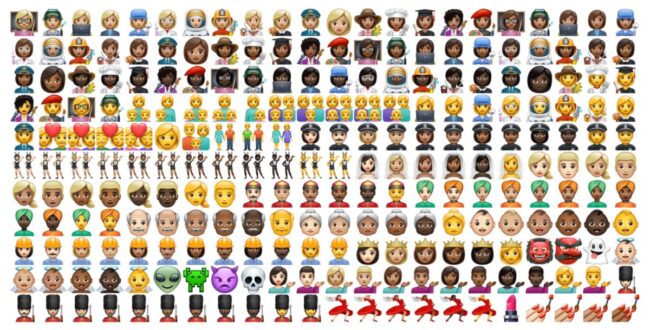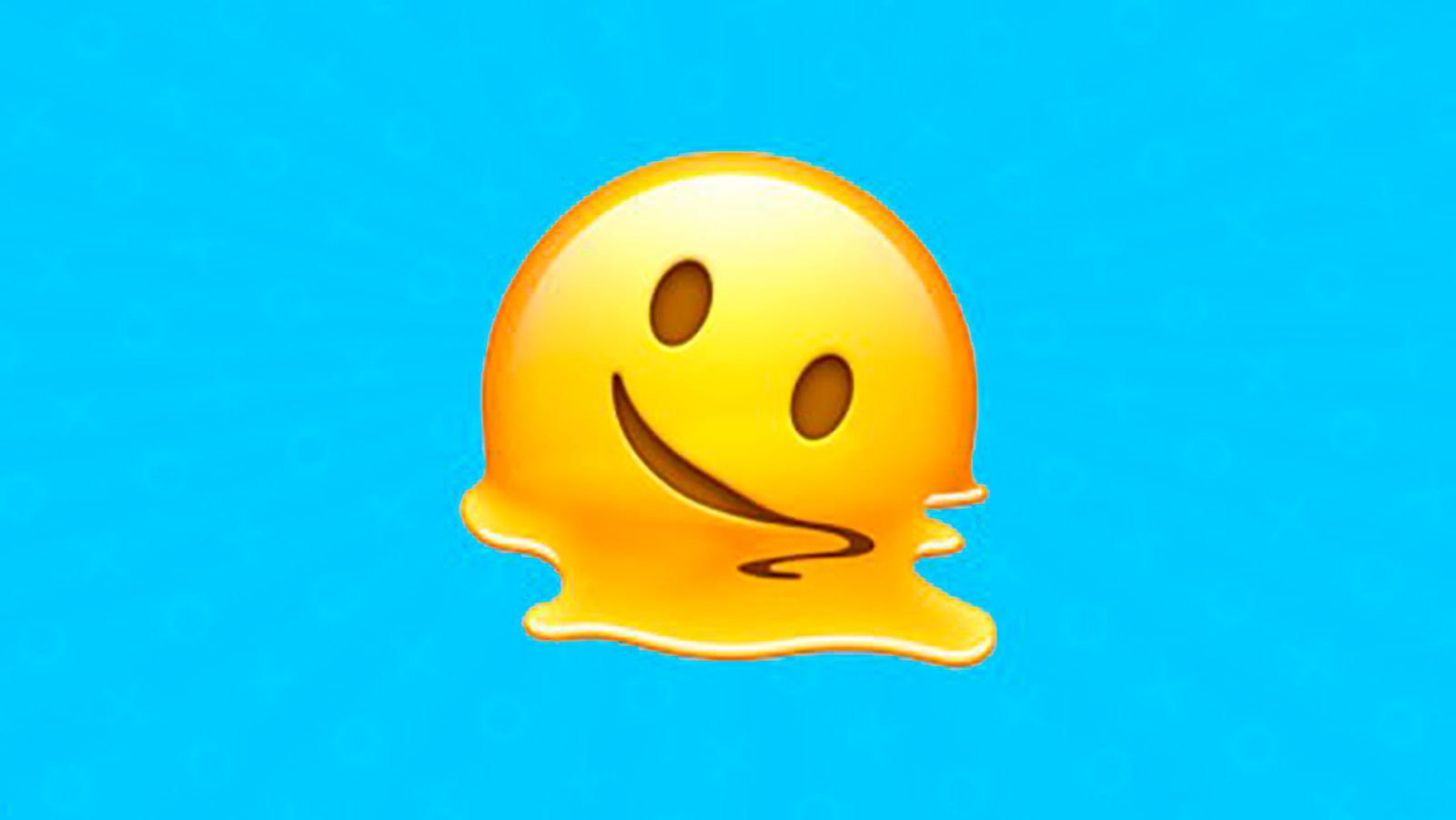In an era dominated by digital communication, emojis have emerged as a vital part of how we express emotions, tone, and ideas instantly across text m
In an era dominated by digital communication, emojis have emerged as a vital part of how we express emotions, tone, and ideas instantly across text messages, social media, and emails. These small, colorful icons often say more than words ever could, but understanding their meanings, variations, and origins isn’t always straightforward.
This is where Emojipedia comes into play — the ultimate resource for everything emoji-related. Whether you’re curious about the meaning of a particular emoji, want to see how it looks across devices, or follow the latest emoji releases, Emojipedia is the place to go.
In this article, we will explore the significance of Emojipedia, its history, features, and why it has become indispensable for millions worldwide.
Must visit: swiftnewsnow

What is Emojipedia?
Emojipedia is a comprehensive online encyclopedia dedicated exclusively to emojis. Created in 2013 by Jeremy Burge, it provides detailed information about every emoji approved by the Unicode Consortium — the organization that standardizes characters, including emojis, across all digital platforms.
On Emojipedia, users can find the official name, code, meaning, usage tips, and platform-specific designs of emojis. It serves not only as a dictionary but also as a cultural archive, tracking emoji evolution, new releases, and how emojis are interpreted differently around the world.
The Importance of Emojis in Digital Communication
Emojis have revolutionized the way we communicate online by adding emotion and context to plain text, which can often be misinterpreted. They help clarify intent, express humor, and even replace entire words or phrases.
Despite their widespread use, emojis are often misunderstood. For instance:
- The 🙏 emoji may mean “thank you,” “please,” or “prayer,” depending on the context.
- The 🙃 upside-down face can indicate sarcasm or playful irony.
- Food and object emojis like 🍆 (eggplant) or 🍑 (peach) often carry meanings beyond their literal ones.
Given these nuances, it’s important to have a reliable guide to ensure clear and respectful communication — that’s the role Emojipedia fills perfectly.
How Emojipedia Works
Unicode and Emoji Standardization
Unicode Consortium manages emoji standards to ensure consistency across all platforms. When new emojis are proposed and accepted, Unicode publishes the list with official names and codepoints.
Emojipedia tracks these Unicode releases closely and updates its database immediately to reflect the latest emojis and changes.
Detailed Emoji Entries
Each emoji on Emojipedia has a dedicated page with:
- The official Unicode name and hexadecimal code.
- Visual renderings from multiple platforms including Apple, Google, Microsoft, Samsung, and Twitter.
- A detailed description of the emoji’s meaning, common usage, and any known cultural variations.
- Notes on skin tone and gender options.
- Historical background and changes over time.
User-Friendly Search and Browsing
Emojipedia’s intuitive search tool lets users find emojis by name, keyword, or by entering the emoji itself. Emojis are also grouped into categories like Smileys & Emotion, People & Body, Animals & Nature, Food & Drink, Travel & Places, Activities, Objects, Symbols, and Flags for easy browsing.
Unique Features of Emojipedia
Platform Comparison
One of the most helpful aspects of Emojipedia is the visual comparison of how emojis look on different devices. For example, the “Grinning Face with Sweat” emoji can appear nervous on one platform but happy on another. This comparison helps avoid confusion when sending emojis across devices.
Emoji News and Trends
Emojipedia frequently publishes articles and updates about new emoji releases, changes in emoji design, and cultural trends influencing emoji use. This keeps the community informed about the evolving emoji landscape.
Proposals and Future Emojis
Emojipedia offers insight into how new emojis are proposed, the criteria used by Unicode, and upcoming releases. This transparency is valuable for enthusiasts, researchers, and anyone curious about how emojis evolve.
Emojipedia as a Cultural Archive
Emojis reflect societal changes, diversity, and inclusion. Emojipedia documents important milestones such as:
- The introduction of skin tone modifiers in 2015 to represent racial diversity.
- Gender-inclusive emojis to better represent the LGBTQ+ community.
- Emojis depicting disabilities, such as guide dogs, wheelchairs, and hearing aids.
- Expanding food and activity emojis to represent global cultures and traditions.
By tracking these developments, Emojipedia doesn’t just catalog emojis but captures shifts in social attitudes and cultural recognition.
How Emojipedia Benefits Different Users
Everyday Users
For anyone who texts, tweets, or chats, Emojipedia is a quick tool to decode unfamiliar emojis, understand meanings, and check how emojis appear on friends’ devices.
Marketers and Social Media Managers
Brands use emojis to connect emotionally with audiences. Emojipedia helps marketers choose emojis wisely, avoid misinterpretations, and stay updated on trending symbols.
Developers and Designers
Developers building messaging apps or social media platforms use Emojipedia as a technical reference to support the latest emojis and ensure visual consistency.
Academics and Researchers
Linguists and cultural researchers analyze emoji usage patterns and their impact on communication, drawing from Emojipedia’s comprehensive data and history.
Common Emoji Misunderstandings Clarified
Because emojis are symbolic and culturally sensitive, misunderstandings are common. Emojipedia helps clarify:
- The difference between similar emojis like the “Smiling Face with Halo” 😇 and the “Smiling Face with Horns” 😈.
- Contextual meanings, such as the “Eggplant” 🍆 and “Peach” 🍑, which are often used as innuendos.
- How some emojis, like the “Pistol” 🔫, have changed appearance over time for social reasons (e.g., replaced by a water gun).
Understanding these nuances prevents miscommunication and promotes respectful interaction.
How to Propose a New Emoji
Unicode allows anyone to submit proposals for new emojis. Emojipedia provides guidance on:
- How to write a compelling proposal.
- Criteria like expected frequency of use, distinctiveness, and cultural relevance.
- Examples of successful proposals, such as the “Bubble Tea” 🧋 or “Mending Heart” ❤️🩹.
Proposals undergo a review process before approval and eventual release on major platforms.
The Future of Emojis and Emojipedia
The world of emojis is continuously evolving, with emerging trends like animated emojis, AR-integrated emojis, and more personalized or expressive icons.
Emojipedia is expected to grow alongside these developments, continuing to serve as the authoritative emoji resource, helping users worldwide communicate clearly and creatively.
Frequently Asked Questions (FAQs)
1. What is Emojipedia?
Emojipedia is an online encyclopedia dedicated to cataloging, explaining, and illustrating emojis approved by the Unicode Consortium.
2. Who created Emojipedia?
Jeremy Burge created Emojipedia in 2013 and continues to maintain it as the leading emoji reference.
3. How often is Emojipedia updated?
Emojipedia updates regularly, especially following Unicode’s announcements of new emoji releases or changes.
4. Why do emojis look different on my phone and my friend’s phone?
Each platform (Apple, Google, Microsoft, Samsung, etc.) designs its own emoji artwork, causing variations in appearance.
5. Can I find the meaning of every emoji on Emojipedia?
Yes, Emojipedia has detailed pages for every Unicode-approved emoji.
6. How can I suggest a new emoji?
You can propose new emojis to Unicode. Emojipedia provides resources to help draft a successful proposal.
7. Are emojis understood the same way worldwide?
No, emojis can have different meanings depending on cultural context, which Emojipedia helps explain.
Conclusion
Emojis have become an indispensable part of modern communication, transcending language barriers and enhancing digital conversations. However, to fully harness their power, understanding their meanings, variations, and cultural implications is crucial.
Emojipedia stands as the definitive guide in this endeavor, providing clarity, education, and insight to millions of users globally. Whether you’re a casual texter, a marketer, a developer, or a researcher, Emojipedia empowers you to navigate the vibrant, ever-changing world of emojis with confidence.
As the emoji universe continues to expand and evolve, Emojipedia remains the trusted compass guiding us through this colorful digital language.




COMMENTS